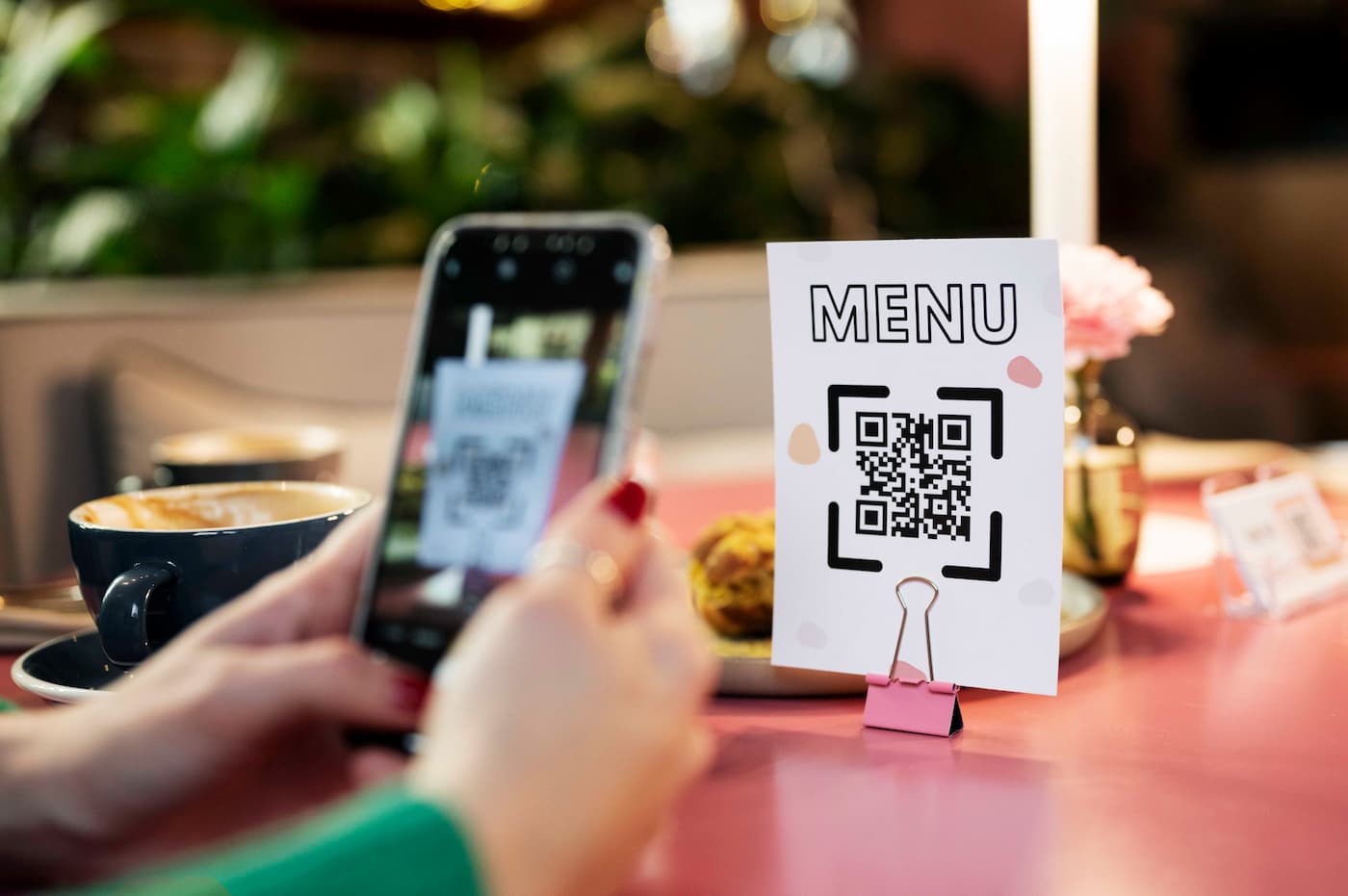
The fast food industry is constantly evolving to meet the demands of modern consumers. According to CameoCafe, one of the most significant advancements in recent years is the adoption of contactless ordering systems driven by QR codes and mobile payments. These technologies have enhanced convenience and efficiency and improved safety, particularly in the wake of the COVID-19 pandemic. This blog post explores the role of QR codes and mobile payments in the fast food industry, highlighting their benefits, real-world applications, and future potential.
The Shift to Contactless Ordering
The need for contactless solutions became more urgent during the COVID-19 pandemic, prompting fast-food chains to accelerate their adoption of QR codes and mobile payments. These technologies minimize physical contact, reducing the risk of virus transmission and making the dining experience safer for both customers and staff.
How QR Codes Work
QR codes are two-dimensional barcodes that users scan using a smartphone camera. In the context of fast food, customers can scan a QR code to access a digital menu and hours like Burger King lunch hours, place their orders and make payments. For example, Burger King has implemented QR codes on tables and counters, allowing customers to order without interacting with staff directly.
Mobile Payments Explained
Mobile payments enable customers to pay for their orders using their smartphones. Popular mobile payment systems include Apple Pay, Google Wallet, and proprietary restaurant apps. Starbucks, for example, has integrated mobile payments into its app, allowing customers to order and pay seamlessly, earning loyalty points with each transaction.
Enhancing Customer Convenience
One of the primary benefits of QR codes and mobile payments is enhanced customer convenience. Customers can browse the menu, customize their orders, and pay—all from their smartphones. This concept eliminates the need to wait in line or handle cash, speeding up the ordering process. Chipotle’s mobile app, for instance, offers a streamlined ordering experience that users have widely praised.
Improving Order Accuracy
Digital ordering through QR codes and mobile payments can significantly improve order accuracy. When customers enter their orders directly into the system, the likelihood of miscommunication or errors is reduced. Taco Bell’s mobile app allows customers to customize their orders precisely, ensuring they always get what they want.
Speeding Up Service
QR codes and mobile payments speed up service times by reducing the need for face-to-face interactions and manual transactions. This process is particularly beneficial during peak hours when fast-food restaurants experience high customer volumes. Wendy’s has seen a notable improvement in service speed by implementing mobile ordering and payment options.
Enhancing Safety and Hygiene
The importance of safety and hygiene cannot be overstated, especially in the current health climate. Contactless ordering systems reduce the need for physical menus and cash transactions, lowering the risk of spreading germs. Starbucks has adopted contactless payment options across its stores, providing a safer environment for customers and staff.
Loyalty Programs and Personalized Offers
Fast food chains can integrate loyalty programs and personalized offers into their mobile apps, enhancing customer engagement. The Dunkin’ app, for example, rewards customers with points for every purchase, which are redeemable for free items. Personalized offers based on purchase history also help drive repeat business.
Reducing Paper Waste
Digital menus accessed via QR codes reduce paper waste, aligning with sustainability goals. Fast food chains like Sweetgreen have adopted digital-only menus to minimize environmental impact. This idea helps the environment and reduces costs associated with printing and updating physical menus.
Real-Time Menu Updates
QR codes and mobile apps allow for real-time menu updates, ensuring customers can always access the latest offerings and prices. This flexibility is beneficial for promoting limited-time items or adjusting prices based on supply and demand. Panera Bread uses its app to inform customers about new menu items and seasonal promotions.
Integrating with Delivery Services
Many fast food chains have integrated QR codes and mobile payments with their delivery services. Customers can scan a QR code to order food for delivery, track their orders in real time, and make payments through the app. Pizza Hut has successfully implemented this system, offering a seamless delivery experience.
Gathering Customer Insights
Digital ordering systems provide valuable data on customer preferences and behaviors. Fast food chains can analyze this data to optimize their menus, improve service, and create targeted marketing campaigns. McDonald’s uses data from its mobile app to understand customer trends and enhance its offerings accordingly.
Future Trends in Contactless Ordering
The future of contactless ordering looks promising, with continuous advancements in technology set to enhance the customer experience further. Innovations such as voice-activated ordering and AI-driven recommendations are on the horizon. Fast food chains that stay ahead of these trends will be well-positioned to meet evolving consumer expectations.
Conclusion
Adopting QR codes and mobile payments in the fast food industry represents a significant leap forward in enhancing convenience, efficiency, and safety. These technologies offer numerous benefits, from speeding up service and improving order accuracy to reducing waste and gathering valuable customer insights. As fast food chains continue to innovate and integrate these systems, the future of contactless ordering looks bright, promising an even more seamless and enjoyable dining experience for customers. Embracing these advancements will be crucial for staying competitive and meeting the ever-changing demands of the fast food market.
Source: Explore





